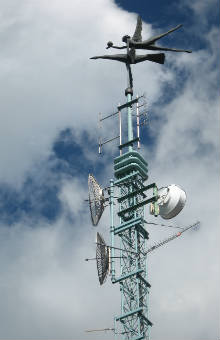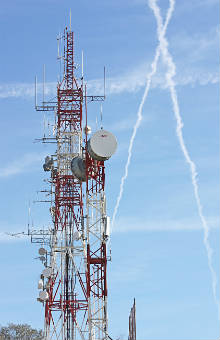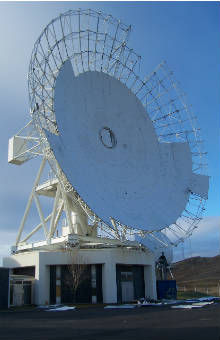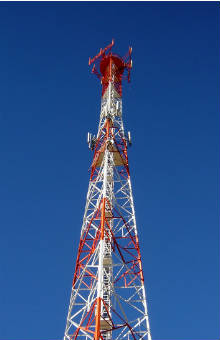Computational Electromagnetics
- Development/hybridisation/optimisation of CEM techniques for solving microwave technology problems, such as:
- Microwave devices with edges
- Dielectrically coated microstrip conductors, modeled by the Standard Impedance Boundary Condition (SIBC)
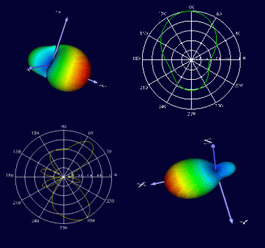
- Planar and conformal microstrip antenna elements and arrays
- Stratified planar waveguides
- Radiating antenna systems in the presence of reflectors
- EM scattering problems by jet engine inlets
- Problems of mutual influence between models of the human head and mobile telephone handsets and structure has been carried out at MFOL
- Inverse scattering problems
- Dielectric resonators, used in designing filters, oscillators, amplifiers and tuners of microwave systems
- Open Fabry-Perot type resonators in microwave and millimetre wave frequencies
- Three-dimensional microwave monolithic integrated circuits (MMICs)
- Planar striplines in microwave and millimetre wave frequencies light propagation inside optical fibers using the quaternions theory

- Use of parallel and distributed processing techniques and high performance computing for the solution of complex large scale EM problems
- Combination of efficient use of parallel computer systems for the solution of large scale electromagnetic problems and remote use of these resources , with the aid of high speed telecommunication networks: interactive virtual reality environment, which combines WWW technology with parallel processing
- Use of distributed processing techniques for the solution of problems involving resonance, scattering and/or radiation. Modelling with distributed objects (typical system modelling languages, UML, IDL). Programing on CORBA platform (using Java or C)



